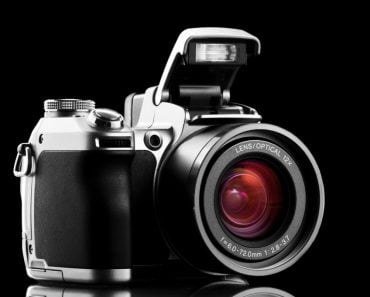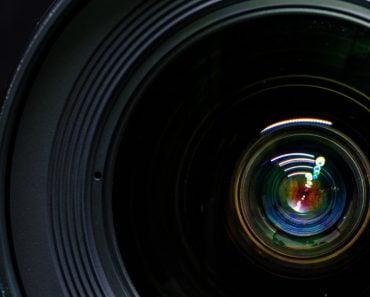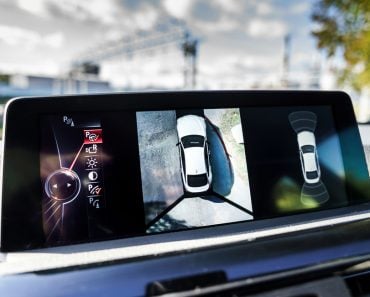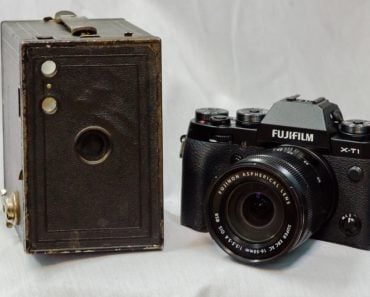Table of Contents (click to expand)
The CCTV footage from security cameras appears to be grainy and of low-quality because of the file resolution and compression, the manner in which it was recorded, and the cropping that usually occurs on such video files, among others.
It seems that no matter where you look in the 21st century, you will see a camera—whether it is on the back of someone’s phone as they snap a selfie, poking above the heads of the crowd at a protest, or mounted high on a wall recording all the goings-on below. We are in an information age, but also an observation age, with security cameras and surveillance becoming a natural and almost unnoticed constant in our lives. However, despite all of the advancements in video technology, security or surveillance footage almost always looks like its two decades out of date, grainy, blurry and monochromatic.
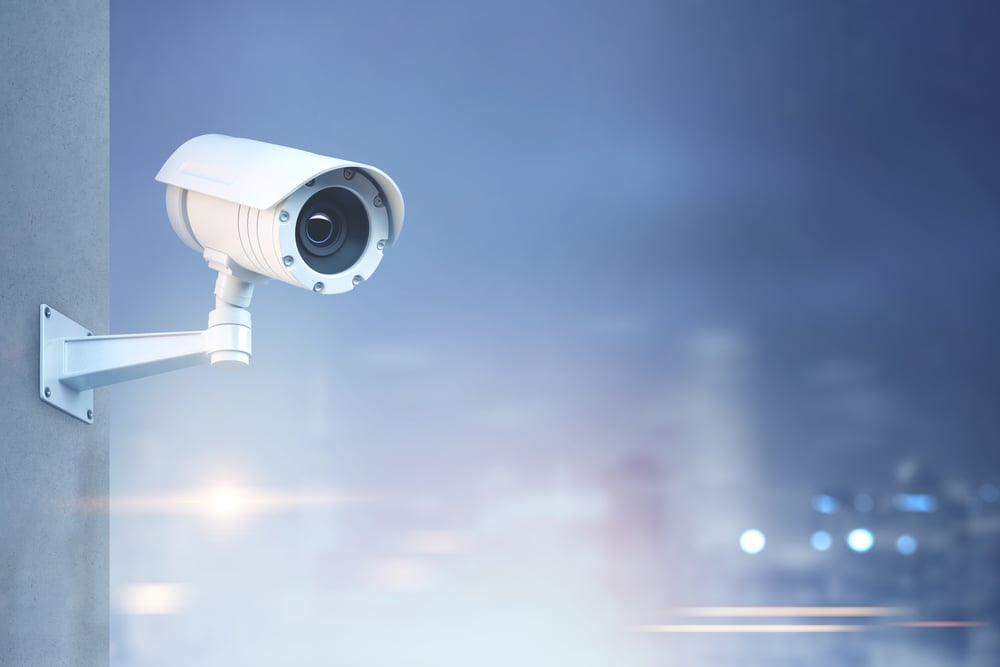
If this type of video surveillance is supposed to keep us safe and help authorities catch dangerous criminals, why is CCTV camera footage still so bad?
Recommended Video for you:
CCTV Footage Vs Modern Cameras
When you watch a YouTube clip of a crazy car accident from a highway camera or the heroics of a cashier in a convenience store, it’s hard not to notice the seemingly poor quality of the video. Some modern smartphones are tricked out with extremely high-quality cameras, practically providing 4K video footage, so it seems strange that large companies or city governments would have such inferior technology to the tech bouncing around in hundreds of millions of pockets.
However, it’s important to remember that these two types of cameras are used for very different things. Smartphone cameras have certain advantages, such as vivid colors and a minute size, but security cameras don’t necessarily need to be small or capable of recording color. Instead, they are more adept at shooting low-light conditions, or in high-contrast situations, such as a person wearing dark clothes at night. A normal camera would struggle to get anything close to a good picture in such conditions, but many security cameras feature IR (infrared) technology that can “illuminate” a dark area and still generate a good image.
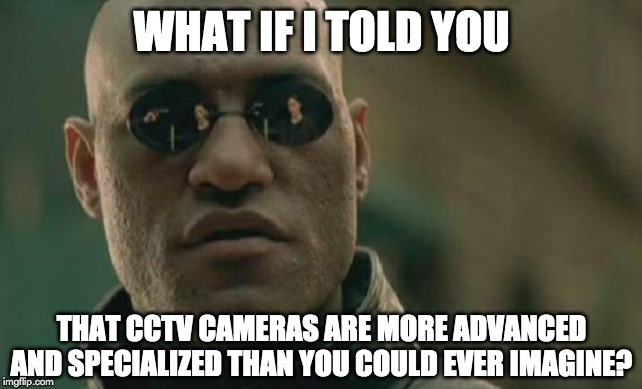
When you hold up your smartphone to take a picture and then spread two fingers to get closer, this is an example of a digital zoom. However, an optical zoom feature is a much more powerful tool on a camera, as the camera can physically zoom in, like a DSLR camera, without the loss of resolution and graininess that results from a purely digital zoom. The storage demand is also incredible for security footage, which we’ll get to in the section below.
In short, it isn’t that modern cameraphones have more advanced imaging technology than large-scale security systems, but the requirements, expectations and limitations are simply different!
What Is CCTV Footage Used For?
The other thing to consider when criticizing the image quality of CCTV footage is what it’s actually used for, versus what people assume about its purpose. While there are countless reasons to install a video camera near your home or business, it isn’t always with the purpose of recording 4K-quality video of a space that is empty or uninteresting 99% of the time.
In the case of homes and small businesses, the simple act of installing a camera in plain sight can discourage burglars and potential shop-lifters. In some instances, people don’t even turn the camera on, or record the video, and simply use it as a deterrent. In other cases, stores may be more interested in seeing when a crime is happening, while live-tracking security cameras during business hours, rather than using it for identification purposes after a crime has already been committed.
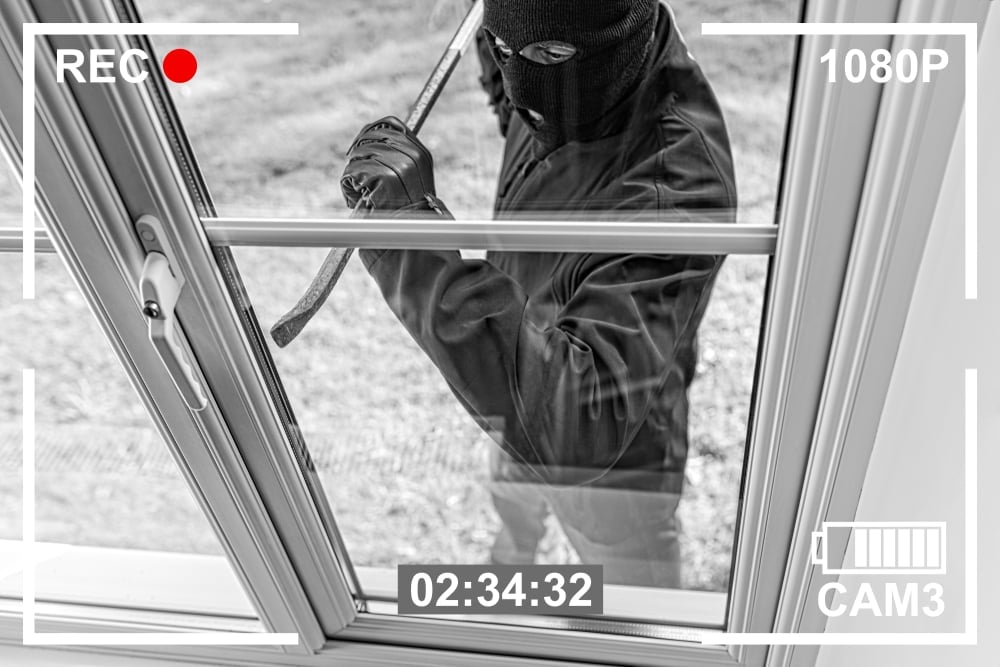
The physical placement of many CCTV cameras also hints at its actual purpose, as the high-mounted cameras often take broad, street-spanning views, looking down at individuals, many of whom could be wearing hats or hoods, especially when doing something illegal. Unlike someone encountering a crime and capturing it on video in real-time, as you would with a smartphone, a CCTV camera is constantly engaged (though sometimes activated by movement), so 99.9% of the footage recorded will probably be useless, as it didn’t detect anything of note.
This variable functionality is a major reason why people opt for lower-quality cameras, and why even the top-tier cameras have inherent limitations, as explained more fully below.
Limiting Factors For CCTV Footage
Not only is the application of these cameras poorly executed in most cases, but there are also countless factors that can reduce the quality of the footage, including the cost of the security system, lens quality, maintenance, internal compression, and exporting, among others.
Cost
There are hundreds of different camera setups on the market, and as in any industry, you get what you pay for. A basic camera system with 4 cameras and a receiver could be as inexpensive as $300-400, but could easily soar into the thousands of dollars if you want state-of-the-art protection for your home or business. Now, imagine a larger company, where there could be dozens or hundreds of cameras and associated equipment. When scaling high-end purchases, the cost of getting top-of-the-line equipment can become prohibitive. A cheaper option might suffice for your needs, but its “specs” might suffer in terms of the sensor quality, compression, structural stability and weather resistance, etc.
Compression And Resolution
The unique aspect of CCTV cameras over normal cameras is that much of that footage must be transferred, recorded and stored for at least 24 hours, and in many cases, for weeks or months before it is deleted or archived. Sometimes, the video being shot is internally compressed before it is ever recorded, in order to take up less data space, but this happens at the expense of visual quality and resolution. This is only the first of many potential compression steps, which are included in exporting processes, DVR compression, and electronic transfer if there is not a direct wire connection from camera to recording equipment.
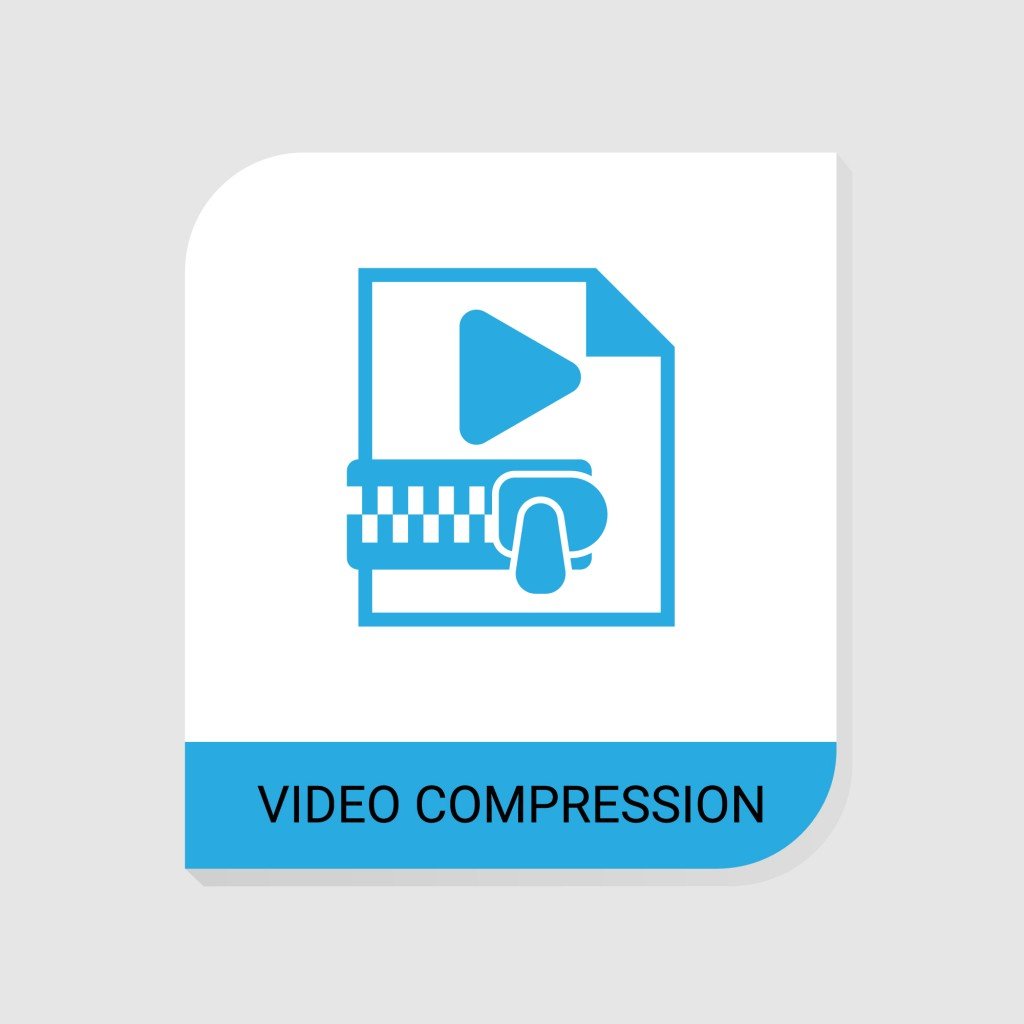
All of these compression techniques are done in order to minimize the amount of hard drive space required to store it. Even a basic camera recording video for an entire day would take up approximately 1Tb of data! Now, extrapolate that to recording weeks of data from dozens or hundreds of cameras; it quickly becomes a problem of space. Many companies will delete footage after a day or two, but others keep them for up to a month. In London, for example, the most heavily observed city in the world, there are approximately 500,000 CCTV cameras. In the tube stations alone, recordings from more than 15,000 cameras are recorded and saved for 3 days, while the footage from London’s train stations is preserved for 28 days! That requires a lot of storage capacity!
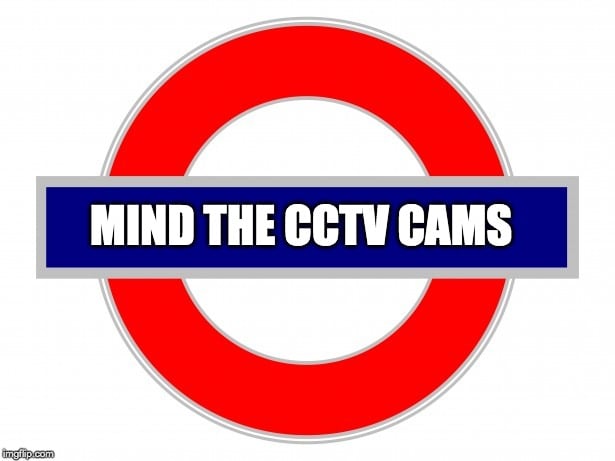
Camera Maintenance
CCTV cameras are designed to be placed outside and survive a variety of inclement weather, but these pieces of technology are still susceptible to damage and wear. Those cameras with small, pinhole cameras can become dirty or splashed with water, dropping the image quality. Some cheaper cameras are not as effective in poor weather conditions, and will therefore require regular cleaning or replacement. Spiderwebs and dirty lenses may seem like rudimentary problems for such a high-tech surveillance network, but they are still potential causes of poor-quality footage.
File Format
The apparent quality of a surveillance video will also be affected by the platform on which you’re watching it. News footage or a YouTube video may have undergone several more rounds of compression and resolution reduction before you can consume it; this footage is not designed to be entertaining to the average consumer, but rather a functional piece of evidence for authorities.
Cropping
Perhaps the most important thing to consider is cropping, a CCTV detail that every smartphone user should understand. These cameras are often set up to take wide-angle shots of a particular scene or environment. Subsequently, when that footage is examined for a person’s face or a small detail (i.e., a license plate), the video is cropped around the point of interest. When you crop one of your photos for the perfect Instagram post, you will notice the slight drop in resolution. Basically, you are expanding a smaller number of pixels to fill the same size space, leading to increased graininess and blurry edges. When footage of a convenience store robbery is played on the news, it will often be a cropped version of the original video, and will therefore look lower in quality.
A Final Word
Watching grainy footage from CCTV cameras may feel like you’re stepping back a few decades in terms of technical quality, but there is a host of factors that result in the classic, grainy, black-and-white videos you see in every police drama or spy thriller. Budgetary considerations are the most common cause of poor-quality video, but factors like storage limitations, compression/resolution loss, camera maintenance, cropping of video clips, and unobtrusive camera placement are also to blame!


